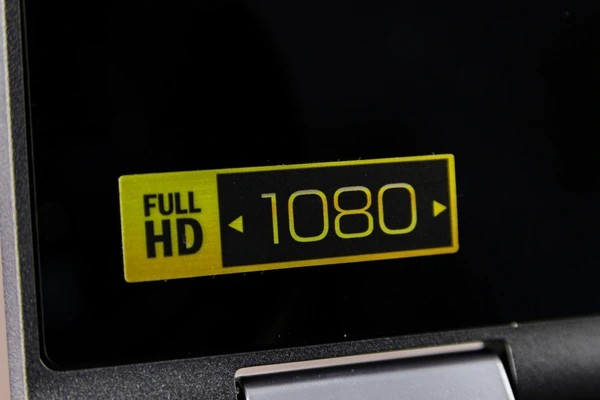
Introduction to HD Resolutions
When it comes to high-definition (HD) resolutions, two formats often spark debate: 1080i and 1080p. Both offer 1920×1080 pixel resolution, but their differences lie in how the image is displayed. Understanding these formats is essential for choosing the best option for your needs, whether it’s for gaming, streaming, or watching TV. This article will break down the key differences between 1080i vs. 1080p, exploring their advantages, disadvantages, and ideal use cases to help you make an informed decision.
What Is 1080i?
1080i stands for 1080 interlaced scan, a format with a vertical resolution of 1080 lines. Unlike progressive scanning, 1080i uses interlaced scanning to display images. In this method, video frames are divided into two fields, each containing half the lines, and scanned alternately. While this approach reduces bandwidth requirements, it also results in a lower effective resolution compared to progressive formats like 1080p. This makes 1080i better suited for broadcast TV but less ideal for fast-paced content like gaming or sports.

What Is 1080p?
1080p, also called Full HD (FHD), is a high-definition video format with a resolution of 1920×1080 pixels. This resolution delivers 2,073,600 pixels per frame, offering sharp, detailed, and clear visuals compared to standard-definition formats. The “p” in 1080p stands for progressive scan, where each frame’s lines are drawn in sequence. This method provides smoother and more consistent images than interlaced scanning, which draws alternate lines in separate passes.

1080i vs 1080p: Key Differences
- Scanning Method
- 1080i: This stands for 1080 interlaced scan. In this method, the video is scanned line by line in an interlaced manner, meaning that odd and even lines are displayed alternately in successive fields. This results in a 30 frames per second display, where each frame is composed of two fields.
- 1080p: This stands for 1080 progressive scan. In this method, the video is displayed in a sequential manner, with all lines of each frame being shown in order. This results in a 60 frames per second display, providing a smoother and more fluid video experience.
- Resolution
- Both 1080i and 1080p have the same vertical resolution of 1080 pixels. However, they differ in horizontal resolution and the way they present the video.
- 1080i typically has a horizontal resolution of 1920 pixels, while 1080p can have varying horizontal resolutions, often cited as 1920 pixels, but it can also be 1440 pixels in some contexts.
- Display Quality
- 1080i: The interlaced scanning method can result in a slightly lower perceived resolution due to the alternation of fields. This can cause a slight flicker or motion blur, especially during fast-moving scenes.
- 1080p: The progressive scanning method provides a clearer and sharper image with no flicker, as all lines of each frame are displayed simultaneously. This results in a higher perceived resolution and better overall video quality.
- Usage and Applications
- 1080i is often used in broadcast television and is suitable for standard-definition content. It is less common in modern applications due to the advancements in technology and the preference for higher quality video.
- 1080p is widely used in high-definition content and is the standard for Full HD video. It is preferred for streaming, digital downloads, and other high-quality video applications.
1080i vs. 1080p: Which One Should You Choose?
The choice between 1080i and 1080p depends on your specific needs, the type of content you watch, and your display device. Here’s a quick breakdown to help you decide:
Choose 1080i if:
- You primarily watch broadcast TV or cable channels that use interlaced formats.
- Your content doesn’t involve fast motion, such as news or talk shows.
- Your TV or display doesn’t support progressive scan but can handle interlaced formats.
Choose 1080p if:
- You enjoy fast-paced content like sports, action movies, or gaming.
- Your display supports Full HD (progressive scan) for a smoother and clearer image.
- You stream content from platforms like Netflix or YouTube, which often use 1080p as the standard.
Final Thoughts
While both formats deliver high-definition resolution, 1080p generally provides better clarity, smoother motion, and a more consistent image. For gaming, streaming, or movies, 1080p is the superior choice. However, if you’re limited to broadcast TV or older devices, 1080i remains a reliable option. Your decision should align with your viewing habits and the capabilities of your equipment.
To get detailed scientific explanations of 1080i vs. 1080p, try Patsnap Eureka.

